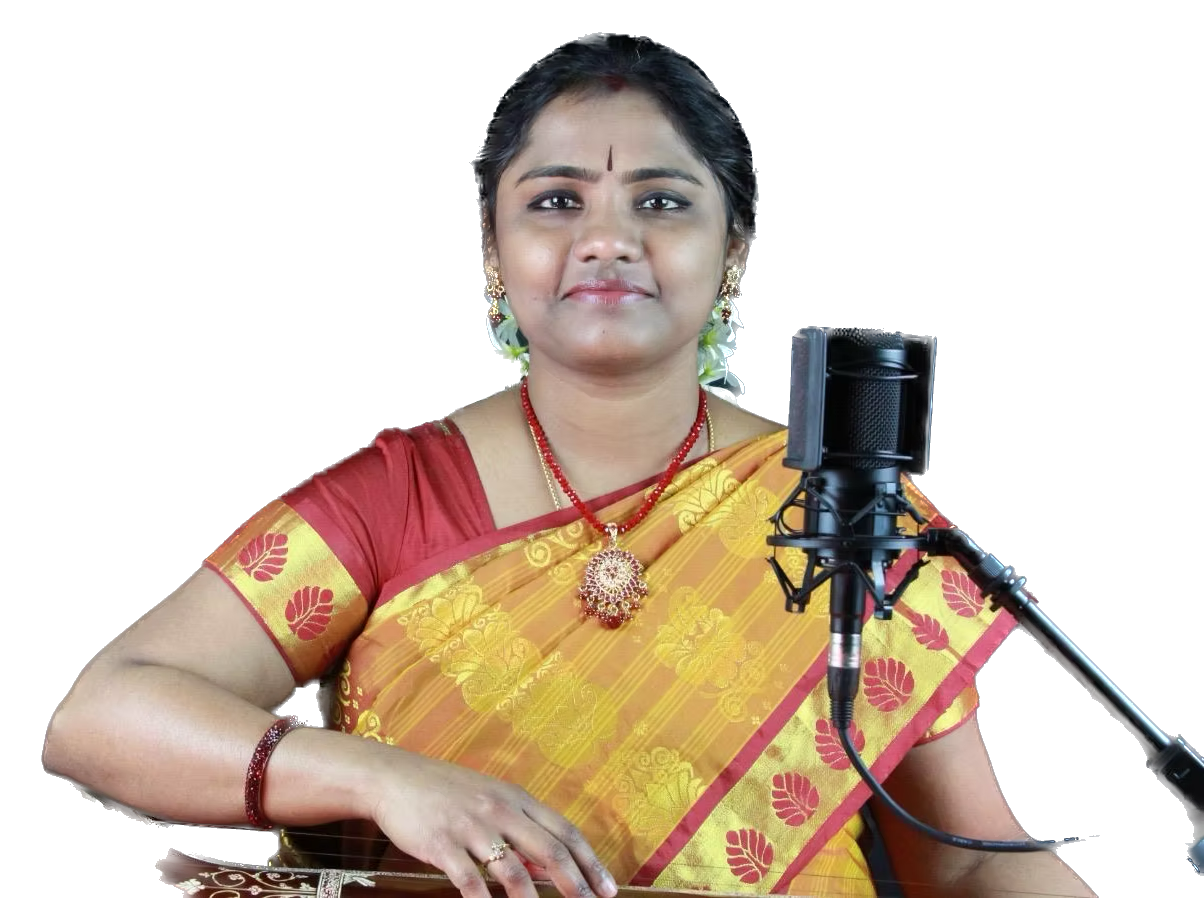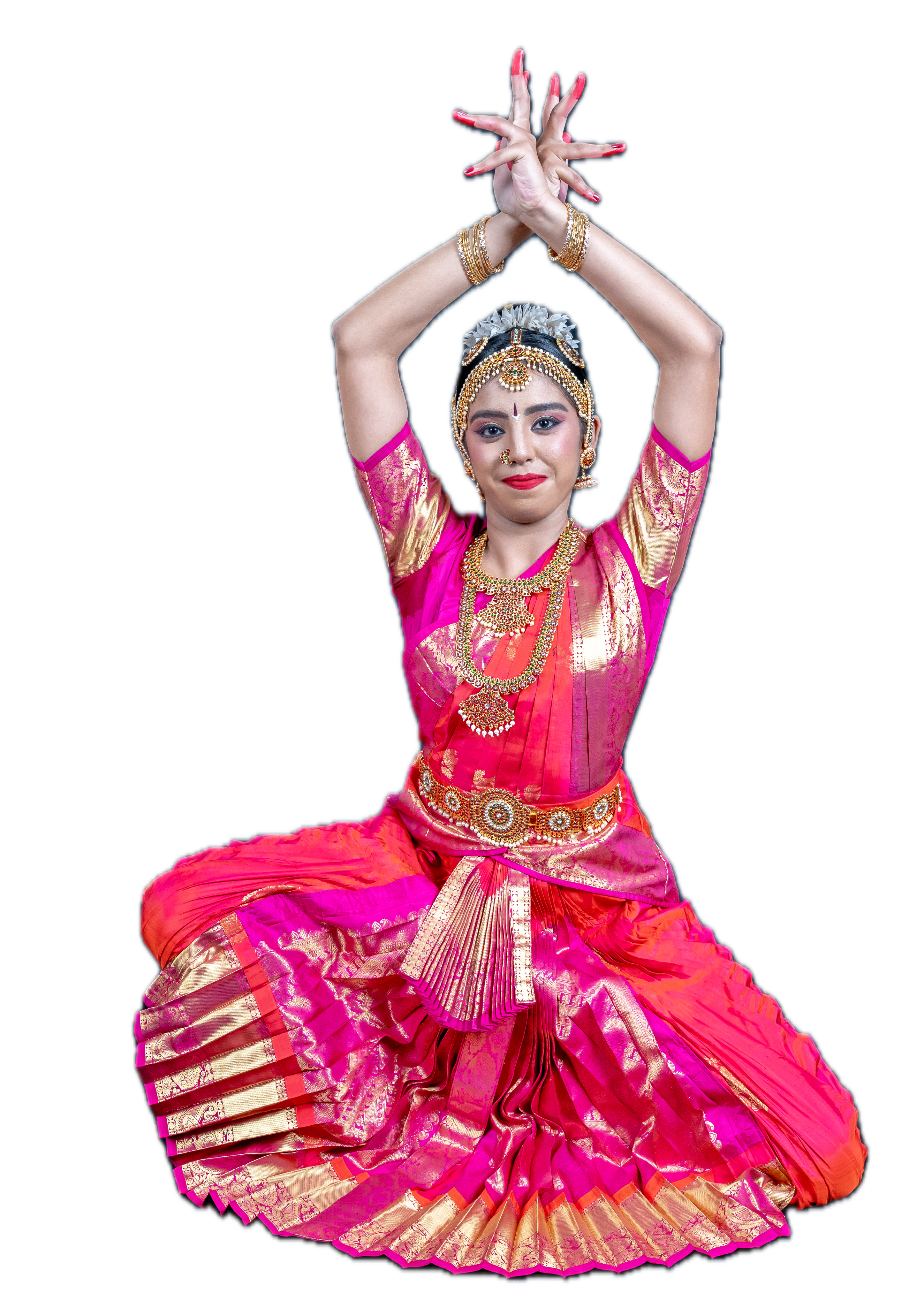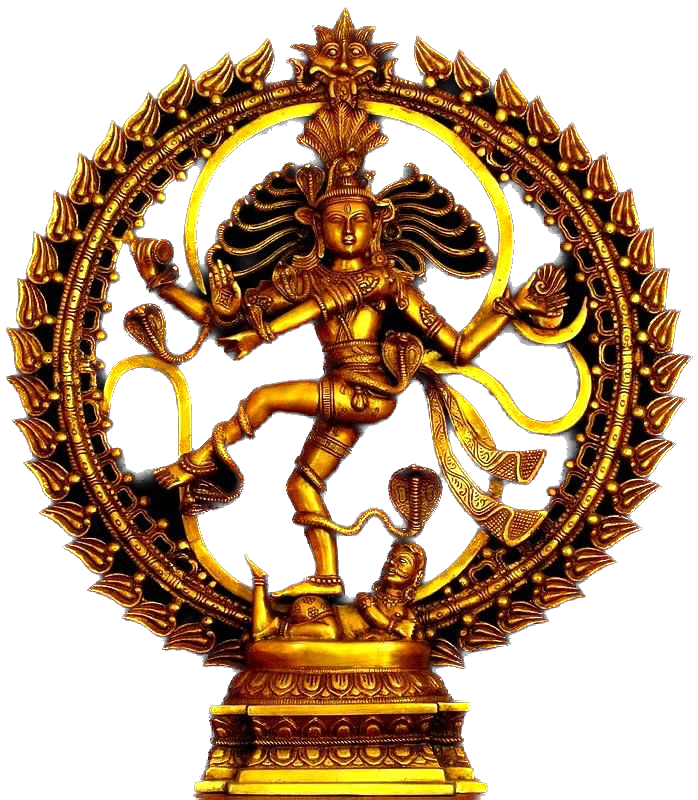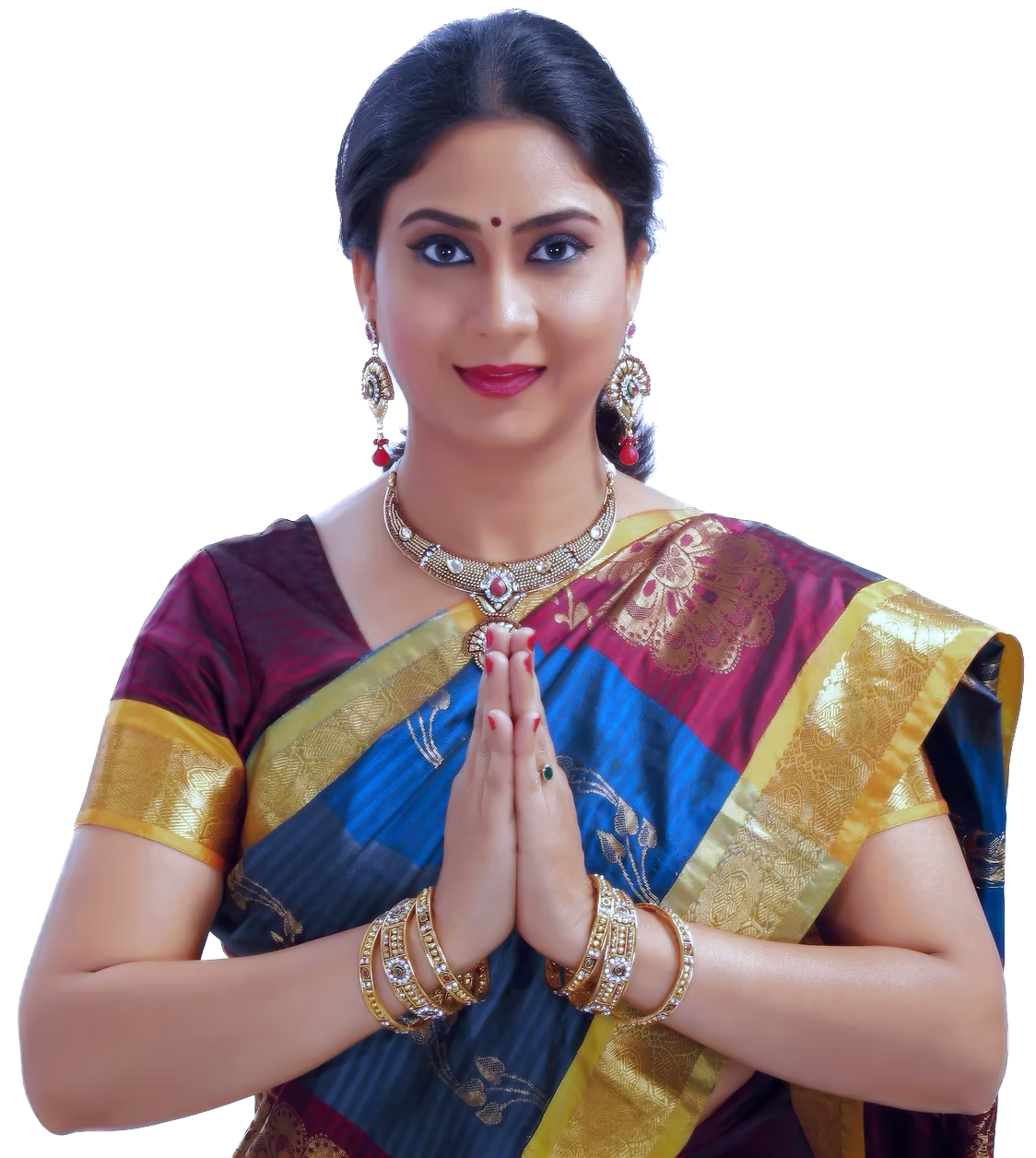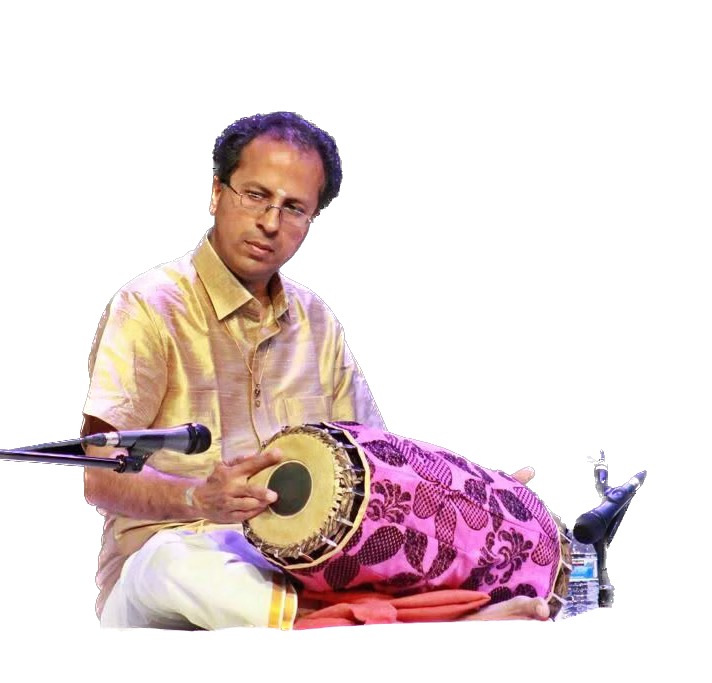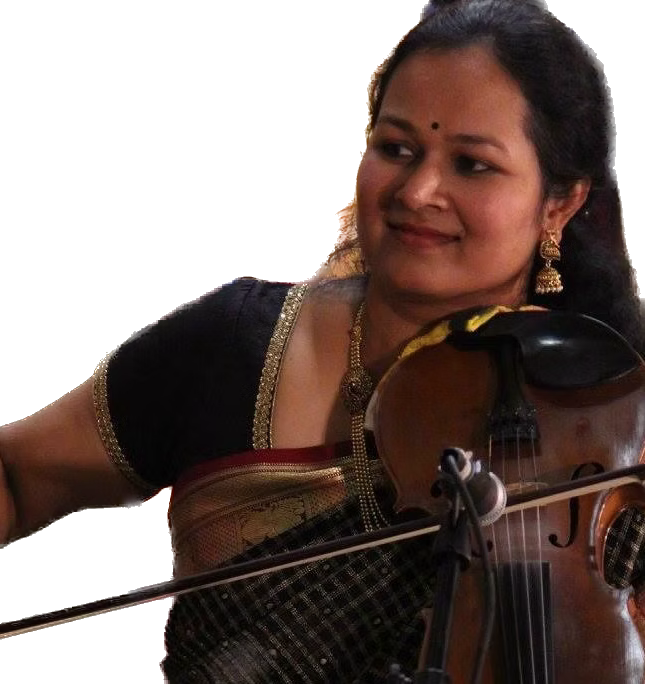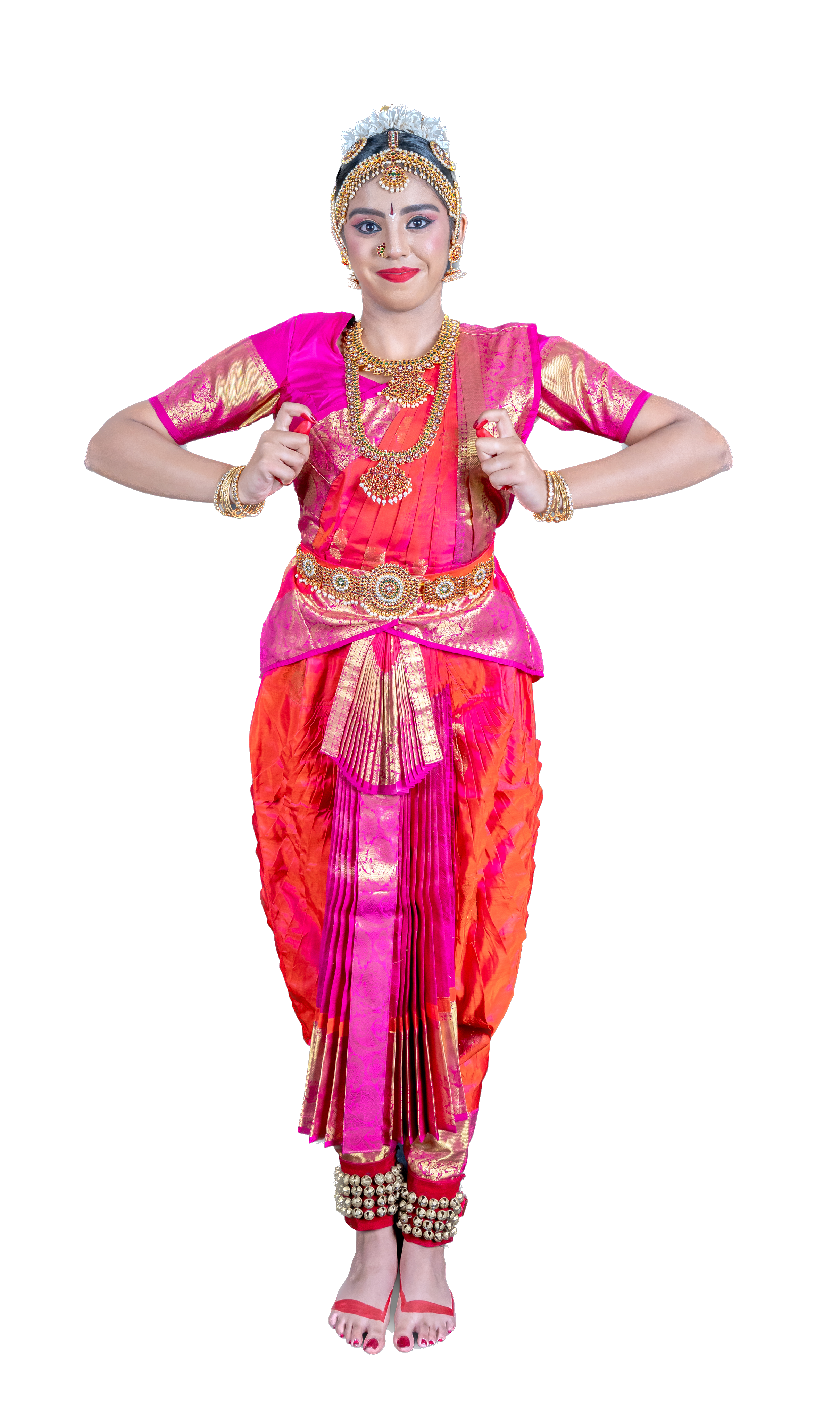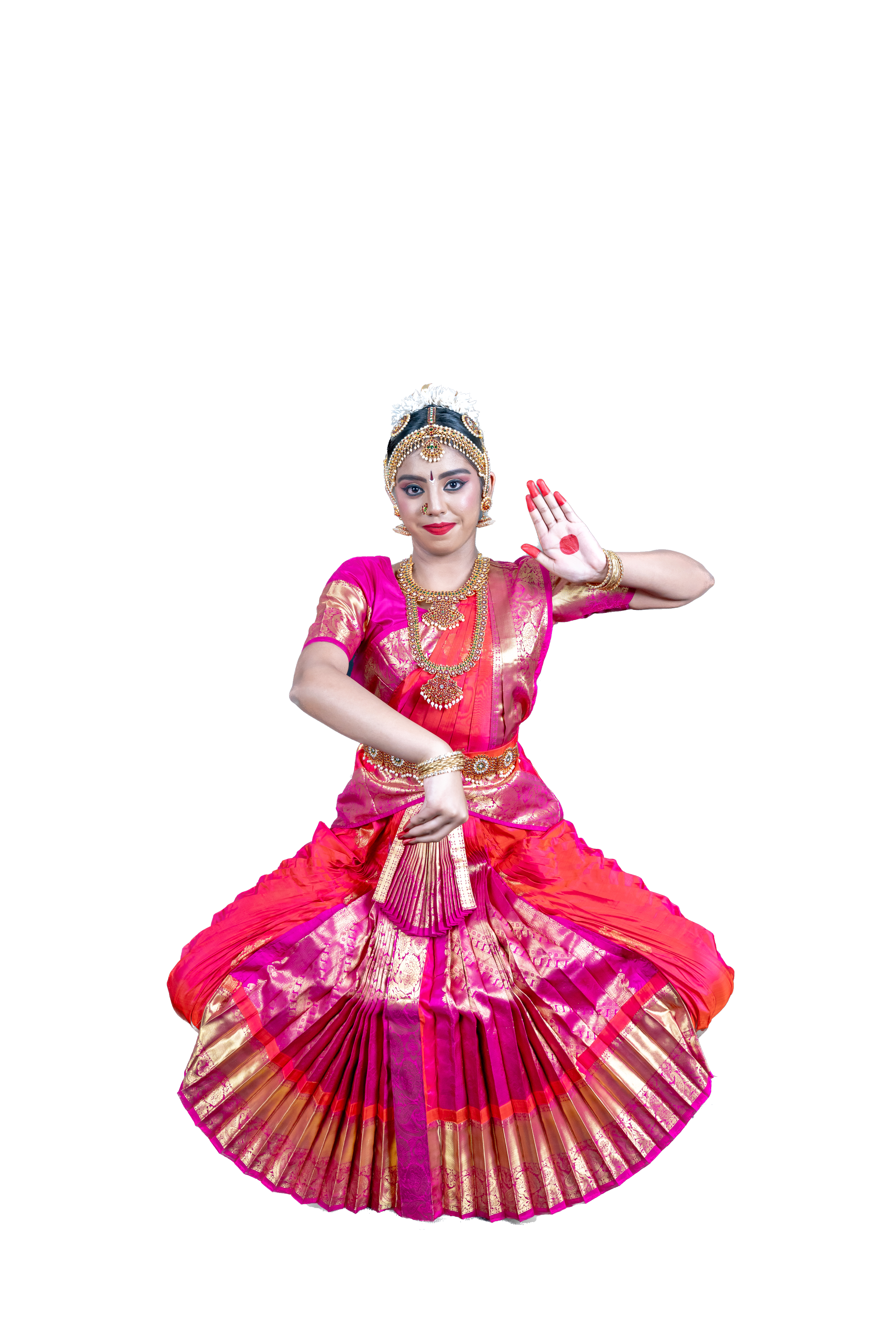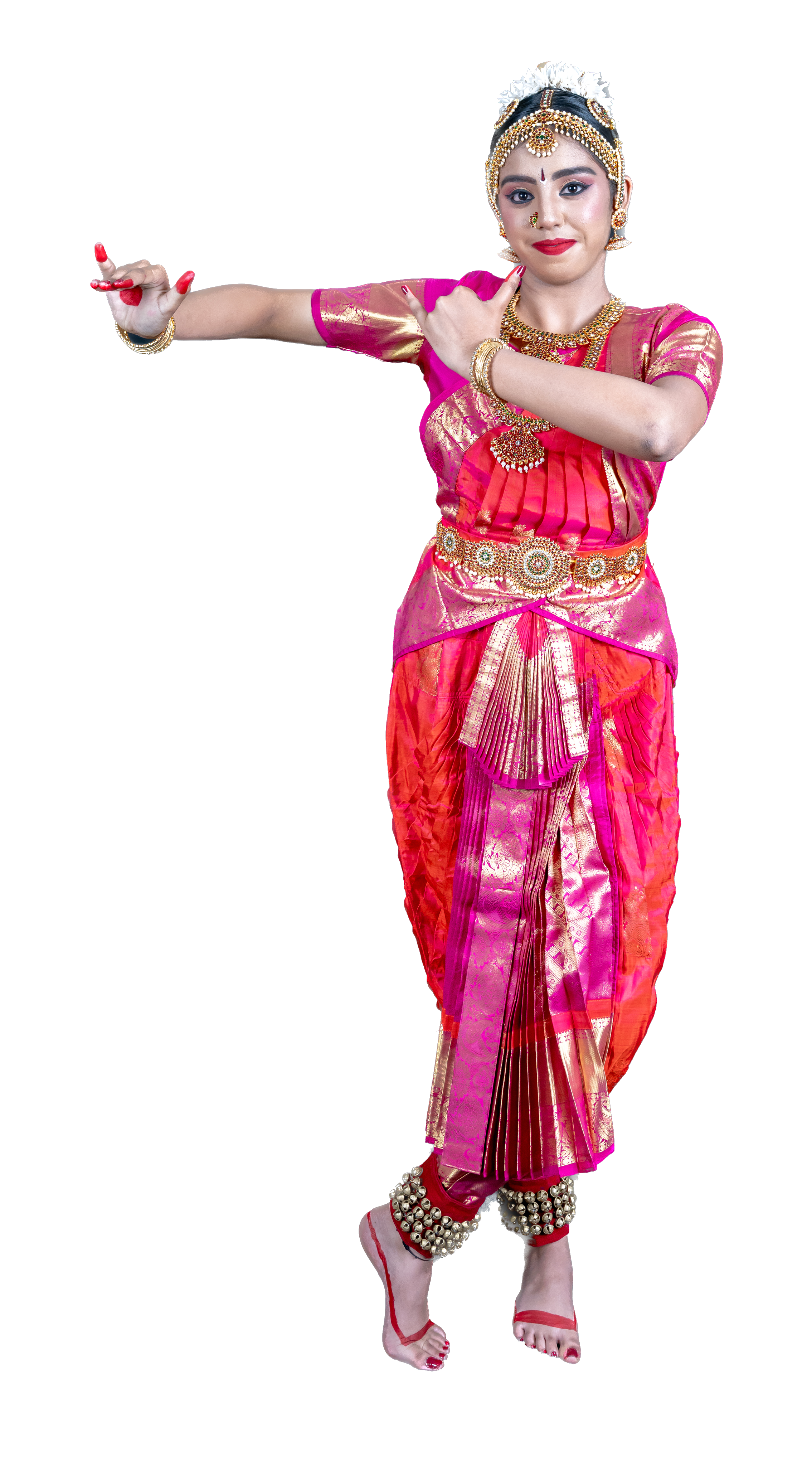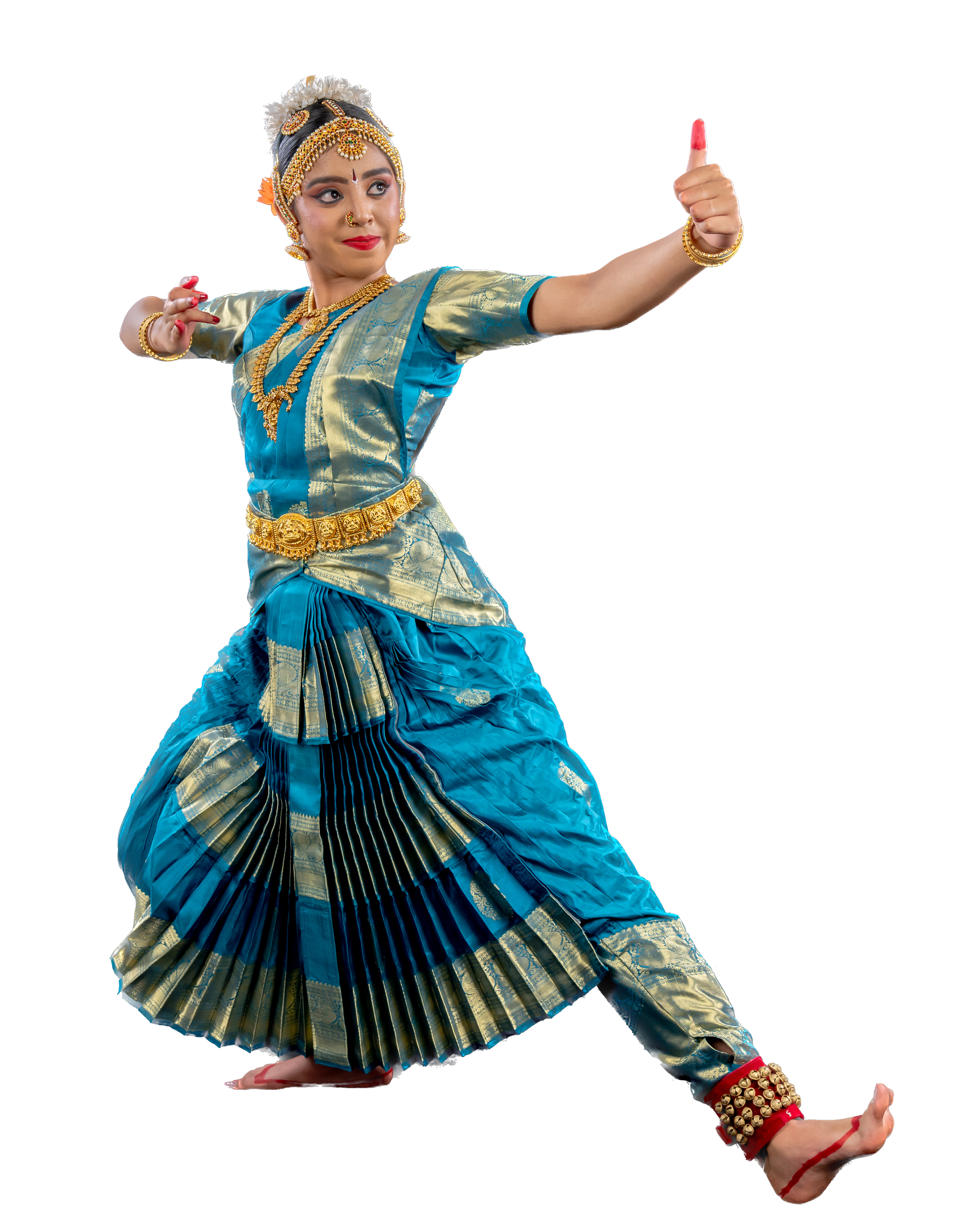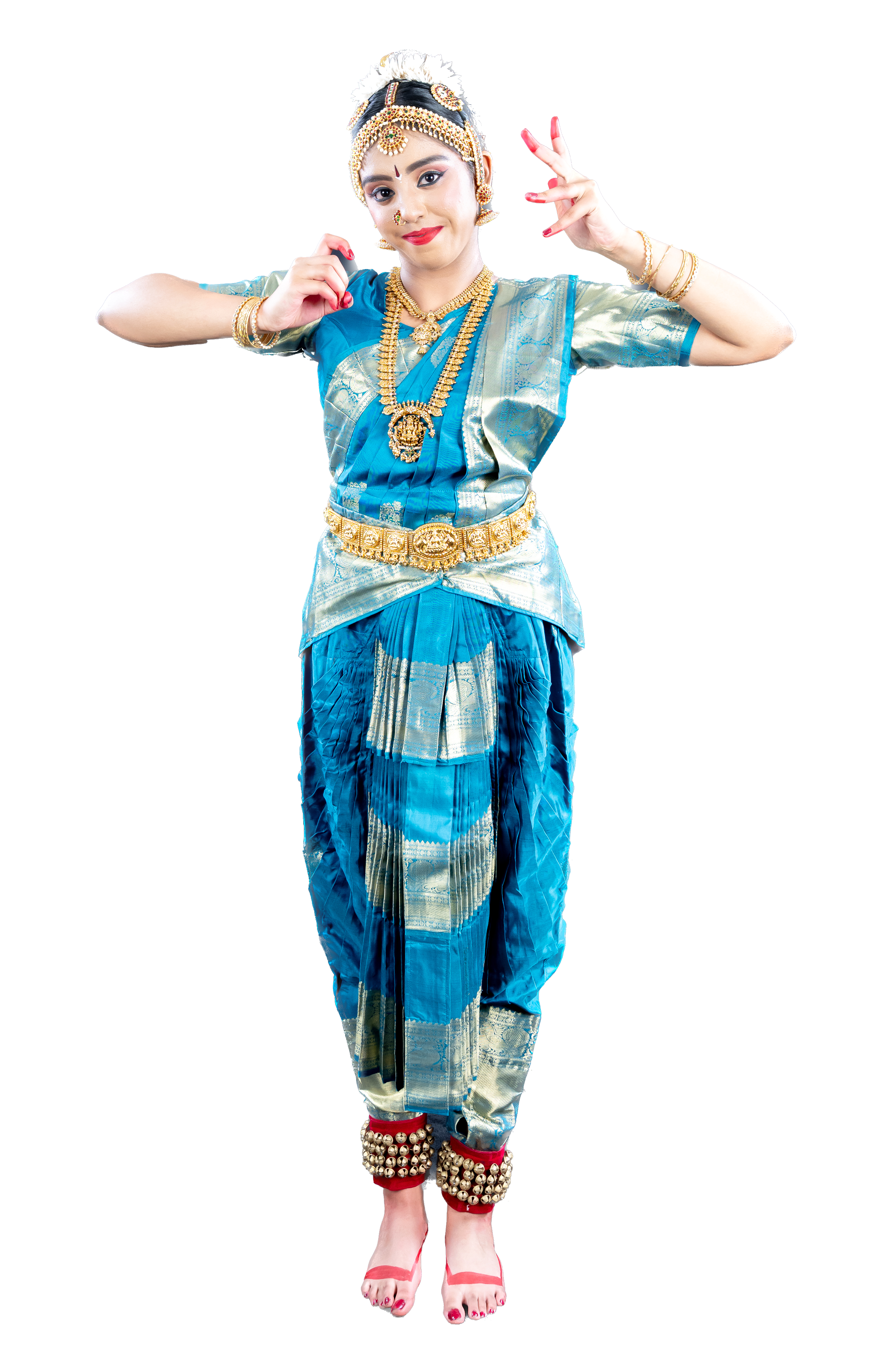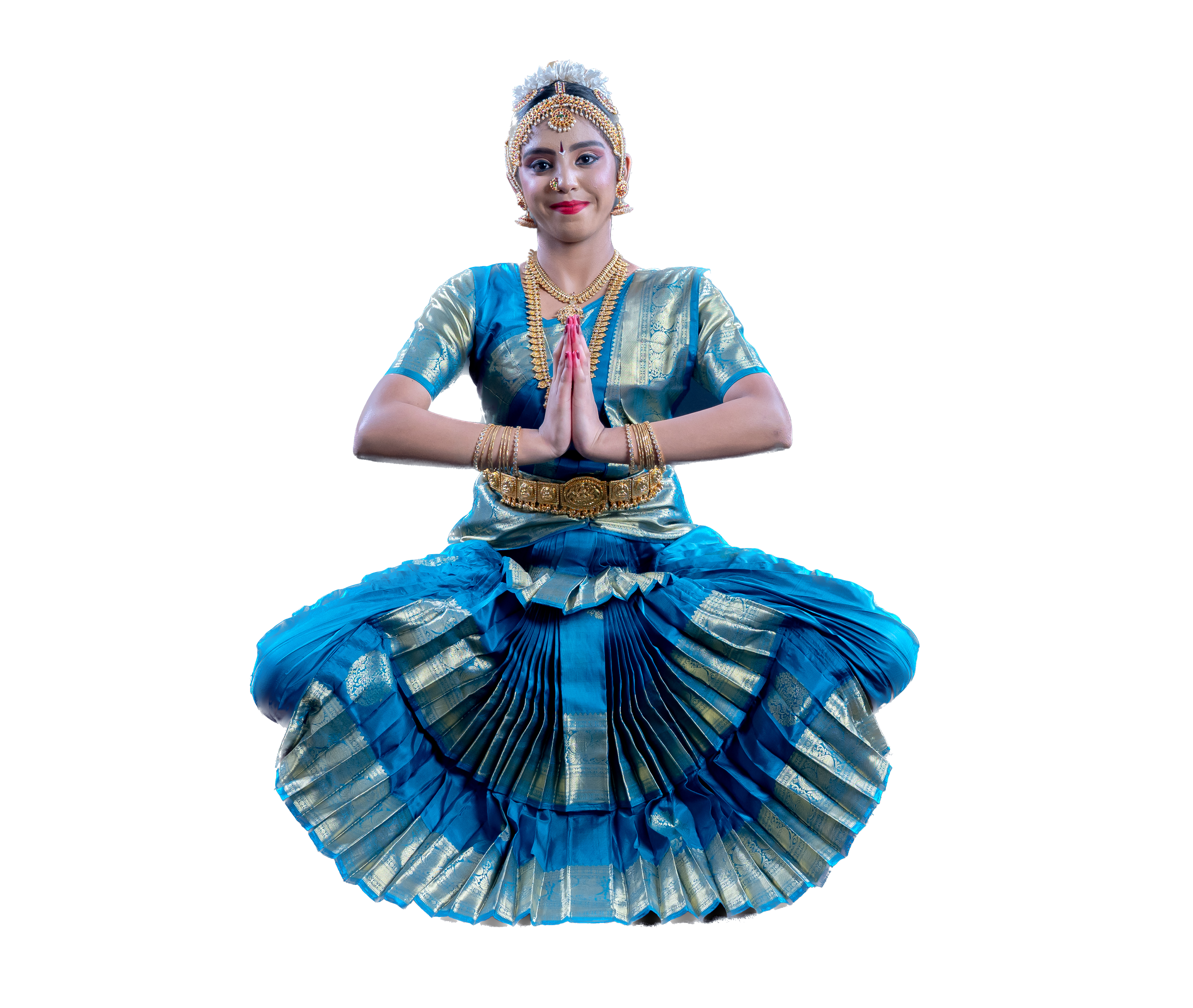BHARATANATYAM
Bharatanatyam is the most popular classical Indian dance-form prevalent in South India,
originating from the temples of Tamil Nadu. It is one of the most beautiful, subtle, sophisticated and graceful dance-forms in the world,
as well as one of the oldest classical dance traditions in India. Its splendor is demonstrated by the dancer using ‘Nritta’,
a technique involving rhythmic movements and intricate footwork, ‘Abhinaya’, facial expressions to interpret the delicate nuances of a lyrical piece of music or poetry,
and ‘Mudras’, expressive hand gestures. It is a composite art blending drama, music, poetry, color, and rhythm,
allowing the dancer to convey inner sense of artistic and spiritual expressions, seeking union with God.
Its name is derived from three essential components:
bhā — bhava (expression), rā — raga (melody),
and ta — tālam (rhythm).
Pure dance is expressed through three elements:
Nritta (rhythmic movement), Nritya (expression and emotion), and
Natya (dramatic portrayal).
ARANGETRAM
Arangetram literally means “ascending the stage.” is viewed as the first public solo dance performance by the dancer.
This is the culmination of several years of sustained training and preparation by the Guru and the disciple following the Guru-Shishya Parampara,
a traditional method of passing the skill to the next generation. ‘Arangetram’ is a significant milestone in a dancer’s career.
